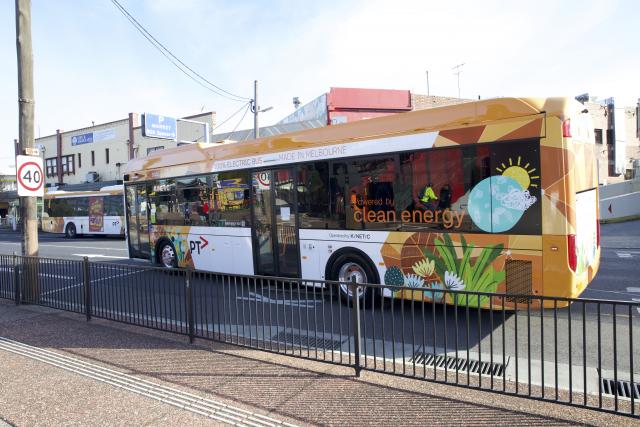
By Matthew Sims
Melbourne University has released a briefing paper which highlights a proposal for a new bus network for Melbourne’s west, with initial modelling showing the number of people able to access buses could increase by fourfold or more.
Melbourne School of Design public transport network planning lecturer and the paper’s co-author Iain Lawrie said the research had discovered “amazing” improvements to accessibility to bus networks, especially considering that an average of 1.3 per cent of western region respondents in the 2016 Census indicated buses were their main mode of transportation to and from their workplace.
“Buses have an incredibly low mode share,” he said.
Using spatial modelling software, the Melbourne Centre for Cities paper has proposed a ‘clean-slate’ bus network comprising of 25 new frequent route corridors.
“By adopting established public transport planning principles, the ‘clean-slate’ network achieves a staggering improvement in network accessibility at a viable capital and recurrent cost,” the report read.
Mr Lawrie said the proposed system highlighted a significant improvement with buses travelling quicker across the west by keeping to arterial roads and being prioritised at traffic lights.
“We are getting two, three or four the number of people that are able to be reached,” he said.
“It’s not a pie in the sky idea.
“It’s just a question of political will.”
Within the spatial modelling software, in weekday peak periods, the population able to reach their nearest activity centres within 30 minutes on the enhanced network
increased by between 18 per cent for Williamstown and 1155 per cent for Hoppers Crossing, with increases for evenings and Sunday mornings even greater.
Mr Lawrie also co-authored a briefing paper on the challenges surrounding the transition to an electric bus fleet.
He said that the current contracting arrangements would need to be amended before a full rollout occurred.
The report highlighted that fragmented asset ownership and assumptions within the current contract structure was “broadly incompatible” with a smooth transition to zero emission bus technology.







